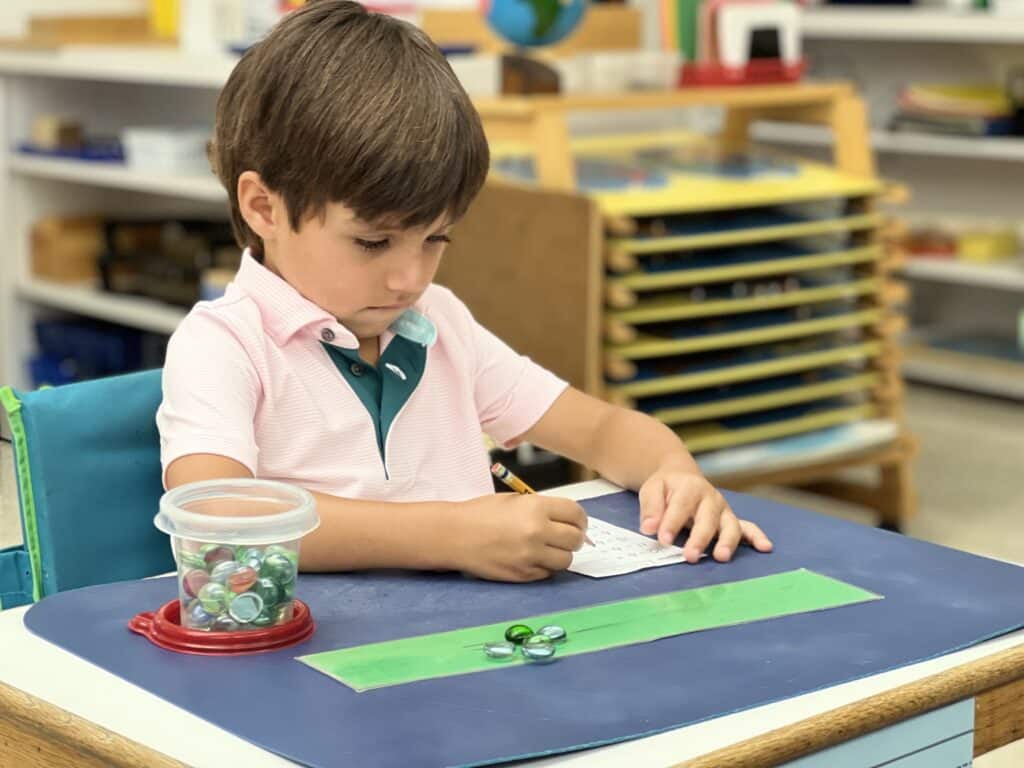by Theresa Powers, MSSA Program Director
It is well-known that Maria Montessori was a pioneer in the field of education, with books and lectures from the early 1900’s that have been translated into many languages throughout the world. On initial encounter, some Montessori terminology can be oblique; words like normalization and horme* are words that seem old-fashioned and vague. Dr. Montessori used the word normalization to refer to the state children are in when they are concentrating peacefully with agency and choice. Normalization occurs when certain conditions are met in the Montessori classroom: materials are gathered, and procedures are set forth that allow for an experience of satisfaction. This can happen individually with a child, and we can also talk about normalization for an entire classroom as a group.
The Montessori definition of normalization may remind you of the concept of “flow,” which is a term Hungarian American psychologist Mihaly Csikszentmihalyi coined in the 1970s to describe the state of contentment that comes with being fully immersed in an activity. We feel flow when we are engrossed in something and there is a level of engagement and focus. When we hear someone say that they are “in the zone,” it’s very similar to the concept of normalization. As normalization is an act of self-discovery, it’s important for the classroom to be set in a way that encourages curiosity, and for lessons and work to be provided incrementally – the right lessons at the right time. Normalization can’t be forced, but is grown as children complete uninterrupted work in their classrooms. If you are new to Montessori, keep this in mind when you hear the term normalization – it’s not about what’s conventionally considered “normal.” It’s all about flow.
*Horme is the term Dr. Montessori used to represent “life energy,” or the power that moves a child forward in their development.

